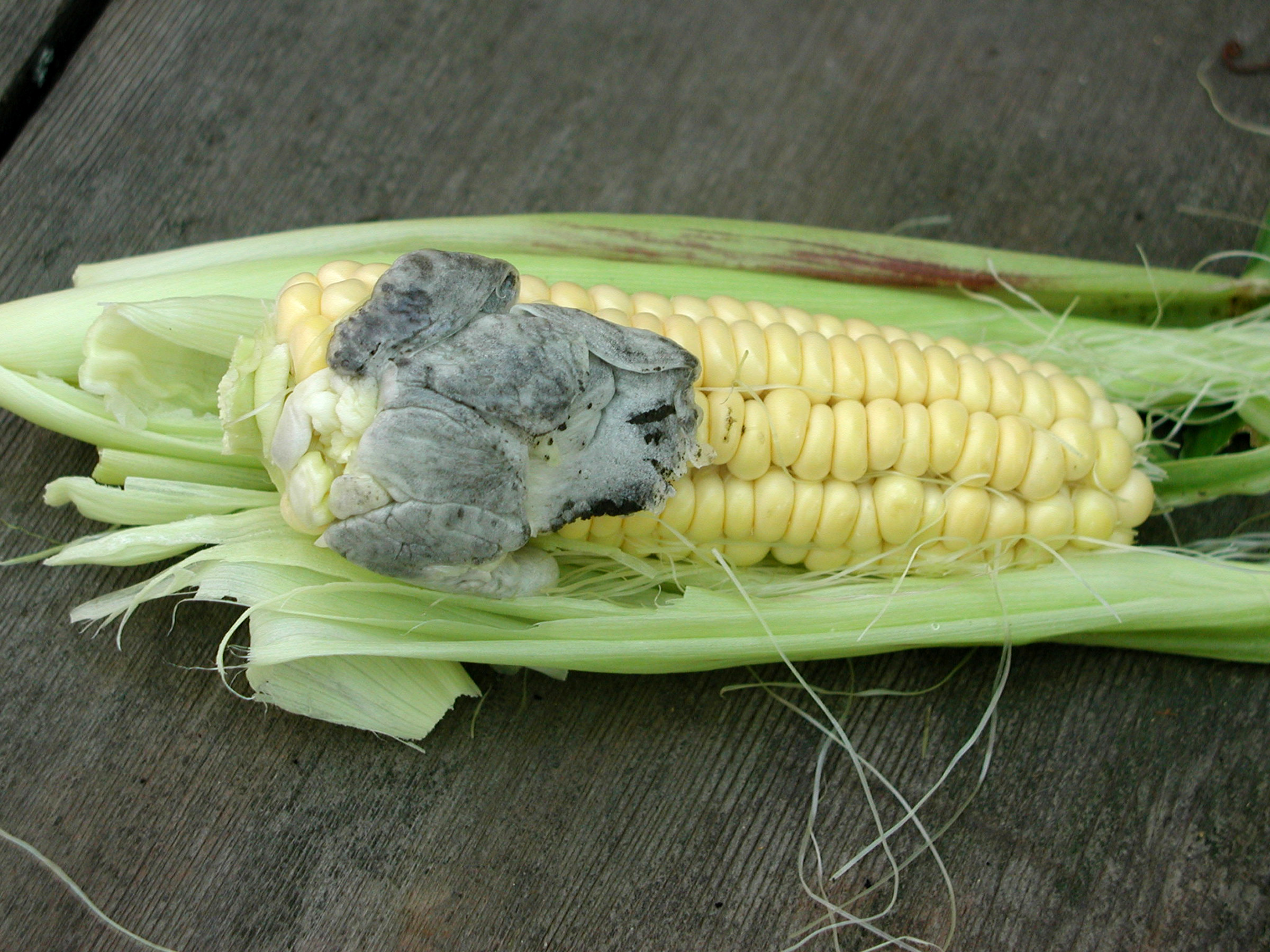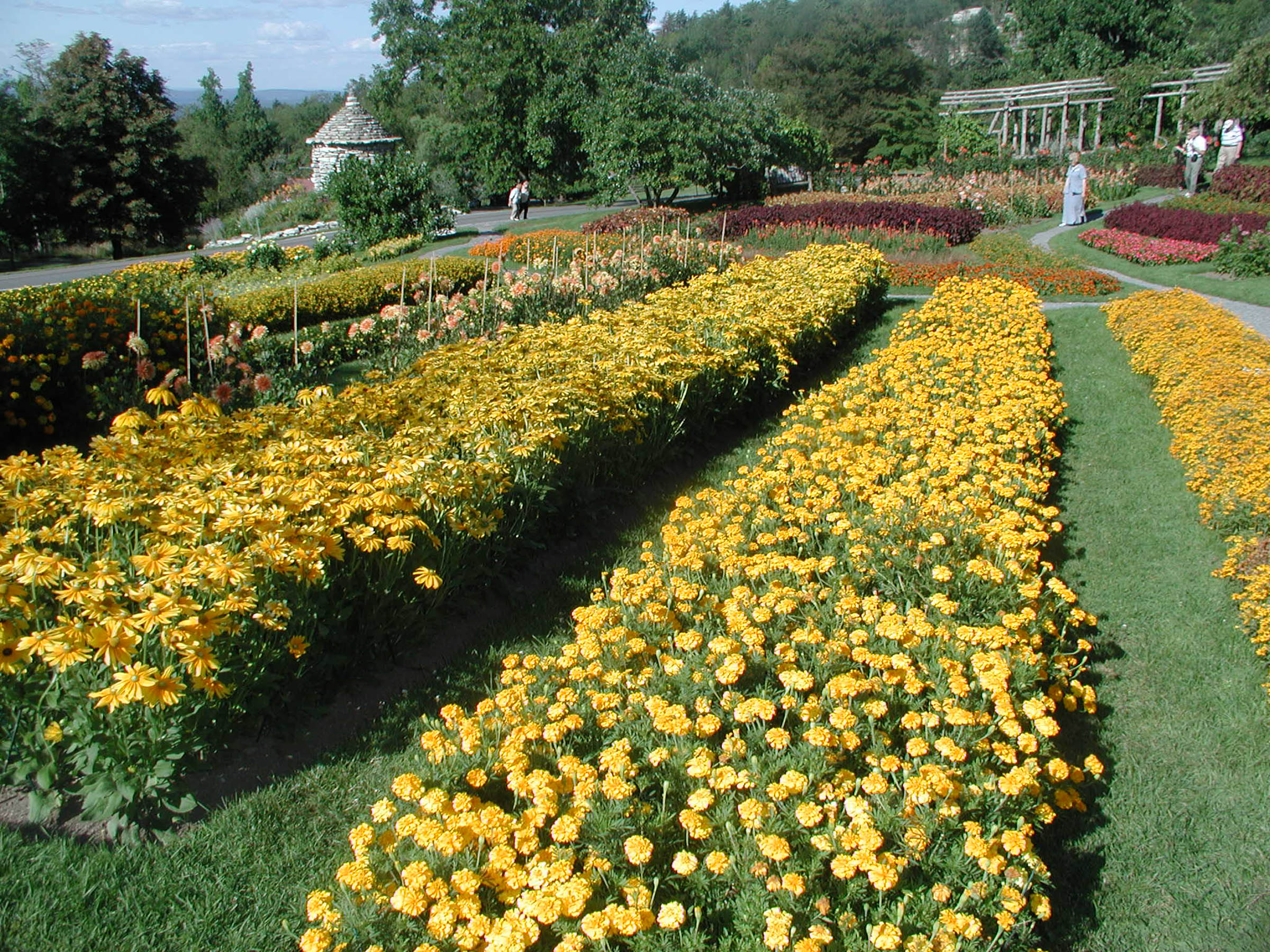SWEET CORN: OLD VARIETY, MODERN GROWING
/6 Comments/in Gardening, Vegetables/by Lee ReichGenetics: Up, Up, Up with the Sugar
I plan on eating sweet corn almost daily from about the middle of July until early autumn. I know the arguments against growing sweet corn in a backyard garden: It’s cheap at the farmstand and space-hungry in the garden. What’s more, the most modern, “supersweet” varieties hold their sweetness for days.
The supersweet varieties are truly supersweet. But “supersweet” is too much of a catchall term. Old-fashioned corn, the Papoon corn developed around 1750 by the Haudenosaunee Confederacy and still available today, is noted for its creamy texture and 9 percent sugar due to its SU gene. Unfortunately, those sugars start changing into starch as soon as an ear is harvested.
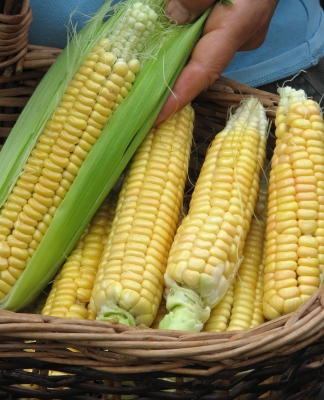
Golden Bantam sweet corn
In the latter half of the 20th century, “Sugary enhanced” sweet corn came on the scene. The SE gene incorporated into sweet corn varieties jacked sugar levels up to 17 percent. More Sugar meant more time for sweetness to hold following harvest. SE kernels are very tender.
Soon after, another gene, SH2 or “shrunken-2,” was found, which pushed that sweetness even higher, up to 35 percent! Read more
A GEM OF A MARIGOLD
/0 Comments/in Flowers/by Lee ReichSome Marigold Species
Marigold is among the most widely planted and, hence, mundane of flowers, so merely writing the word is might make you yawn. Still, I count myself among those who enjoy marigolds, and welcome them as part of summer’s essence with their yolk-yellow blooms and pungent foliage. To please both camps of reader — those of you bored by marigolds and those of you enamored by marigolds — let me introduce Lemon Gem and its other lesser know kin.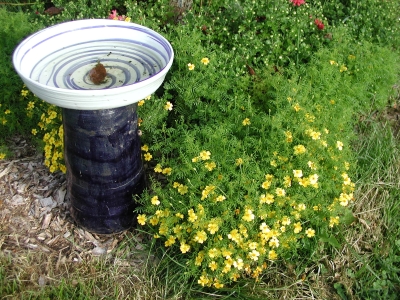
Lemon Gem is unlike the marigolds familiar to most people. In fact, it belongs to a different species (Tagetes tenuifolia) than the French marigold (T. patula) or African marigolds (T. erecta) soon to open their sunny heads all over the place. You grow those marigolds for their flowers, large, solid color pompoms in the case of the African marigolds, smaller, sometimes multicolored single or double flowers in the case of the French marigolds. Read more
THINNED TREES AREN’T SKINNY
/4 Comments/in Flowers, Fruit/by Lee ReichAvoid Extremes
A week or so ago, fruit trees were so full of blossoms that they looked like giant snowballs, foreshadowing a heavy crop of fruit later this season. Too heavy, perhaps, for the branches to support. Too heavy, perhaps, for fruits that are large and luscious. Surely so heavy that next year’s harvest could be paltry.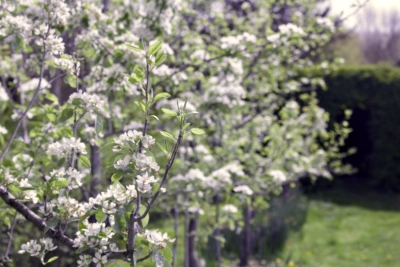
Some fruit trees are more prone than others to getting into a feast and famine cycle of a heavy crop one year and a light crop the next. My Macoun apple tree, although it bears delectable fruits, is the worst in this regard among the few apple varieties that I grow. Read more

